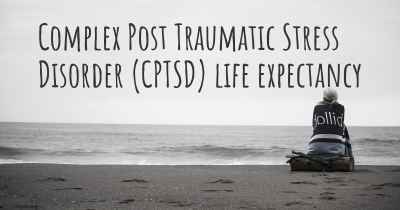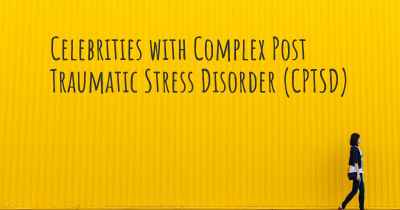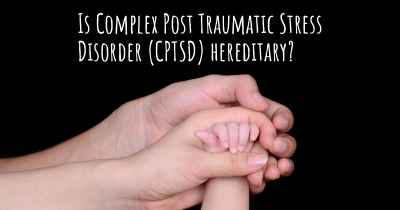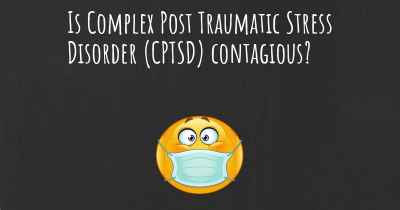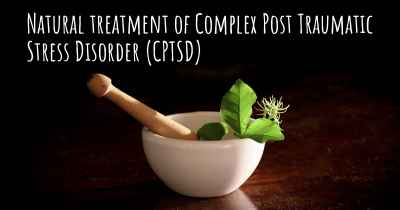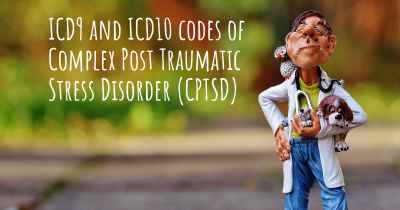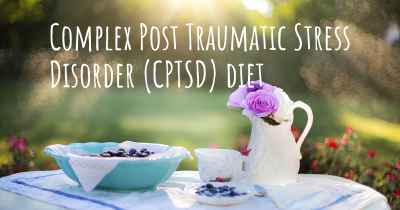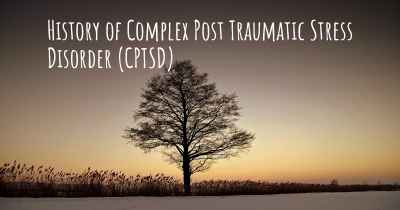Living with Complex Post Traumatic Stress Disorder (CPTSD). How to live with Complex Post Traumatic Stress Disorder (CPTSD)?
Can you be happy living with Complex Post Traumatic Stress Disorder (CPTSD)? What do you have to do to be happy with Complex Post Traumatic Stress Disorder (CPTSD)? Living with Complex Post Traumatic Stress Disorder (CPTSD) can be difficult, but you have to fight to try to be happy. Have a look at things that other people have done to be happy with Complex Post Traumatic Stress Disorder (CPTSD)
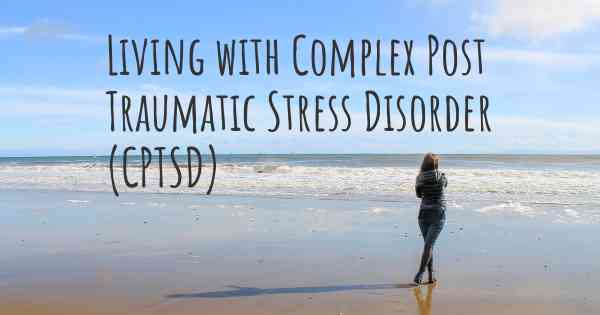
Living with Complex Post Traumatic Stress Disorder (CPTSD)
Complex Post Traumatic Stress Disorder (CPTSD) is a condition that can significantly impact an individual's daily life and overall well-being. It is important to approach living with CPTSD with compassion, understanding, and a commitment to self-care. While everyone's experience with CPTSD is unique, here are some strategies that may help in managing and improving the quality of life:
1. Seek Professional Help
It is crucial to work with a qualified mental health professional who specializes in trauma and CPTSD. They can provide a proper diagnosis, develop a personalized treatment plan, and offer therapeutic interventions such as cognitive-behavioral therapy (CBT), eye movement desensitization and reprocessing (EMDR), or dialectical behavior therapy (DBT).
2. Educate Yourself
Learning about CPTSD can empower you to better understand your symptoms, triggers, and coping mechanisms. Knowledge can help you develop effective strategies for managing your condition and communicating your needs to others.
3. Practice Self-Care
Self-care is essential for individuals living with CPTSD. Engage in activities that promote relaxation, such as meditation, deep breathing exercises, or yoga. Prioritize activities that bring you joy and make you feel grounded. Taking care of your physical health through regular exercise, a balanced diet, and sufficient sleep can also contribute to overall well-being.
4. Establish a Support System
Building a strong support system is crucial for individuals with CPTSD. Surround yourself with understanding and empathetic individuals who can provide emotional support. This can include friends, family members, support groups, or online communities where you can share experiences and learn from others.
5. Develop Coping Strategies
Identify and develop healthy coping strategies that work for you. This may include journaling, creative outlets, practicing mindfulness, or engaging in hobbies that bring you comfort. Experiment with different techniques and find what helps you manage stress and anxiety effectively.
6. Set Boundaries
Establishing and maintaining boundaries is crucial for individuals with CPTSD. Learn to recognize your limits and communicate them assertively to others. Setting boundaries helps protect your emotional well-being and ensures that your needs are respected.
7. Practice Self-Compassion
Living with CPTSD can be challenging, and it is important to be kind to yourself. Practice self-compassion by acknowledging your progress, celebrating small victories, and forgiving yourself for setbacks. Remember that healing takes time and that you are doing the best you can.
8. Engage in Trauma-Informed Activities
Explore trauma-informed activities such as art therapy, nature walks, or grounding exercises. These activities can help you reconnect with your body, process emotions, and promote healing.
9. Create a Safety Plan
Develop a safety plan for times when you may experience heightened distress or triggers. This plan can include strategies to calm yourself, contact trusted individuals, or seek professional help when needed.
10. Celebrate Progress
Recognize and celebrate your progress, no matter how small. Healing from CPTSD is a journey, and acknowledging your growth can provide motivation and reinforce your resilience.
Living with CPTSD can be challenging, but with the right support, self-care, and coping strategies, it is possible to lead a fulfilling life. Remember that you are not alone, and reaching out for help is a sign of strength.
Others accept their special behaviors and fears and try to live their life as happy as possible.
Posted Dec 28, 2017 by Maria 6050
